Introduction
Spring is just around the corner, and for many enthusiastic horticulturists, this is the perfect time to greet the season with a new gardening project. Raised bed gardening offers an exceptional way to cultivate your plants, providing an array of benefits that appeal to both beginners and experienced gardeners alike. With advantages ranging from better soil control to a stylish addition to your outdoor space, raised beds can transform your gardening experience significantly.
This comprehensive guide will walk you through everything you need to know to start your raised bed garden this spring. By the end, you’ll have a clear understanding of the setup process, material selection, plant selection, and maintenance tips, all while seeing how Plantology can enhance your gardening journey.

Understanding Raised Bed Gardening
Definition and Brief History
A raised bed garden is essentially a plot of soil that is elevated above ground level, contained within a structure or frame. This style of gardening dates back centuries and has been a favorite of cultures worldwide due to its effective use of space and resources. Originally utilized for controlling soil fertility and structure, raised beds now stand as a modern emblem of efficiency and style in gardening.
Advantages Over Traditional Gardening
Improved Soil Drainage and Aeration
One of the primary benefits of raised bed gardening is the enhanced soil drainage and aeration it offers. Since raised beds are elevated and often composed of quality soil mixtures, they allow water to drain effectively, reducing the risk of waterlogging and root rot. The plant roots can access oxygen more readily, promoting healthier growth.
Easier on the Back and Knees
Gardening enthusiasts know the toll bending and kneeling can take on the body. Raised beds reduce this strain substantially by elevating plants to a more accessible level, making it easier to plant, weed, and harvest without the aches and pains associated with traditional in-ground gardens.
Better Soil Control
With a raised bed garden, you can fill your beds with the perfect soil blend tailored to your plants’ needs, regardless of the native soil conditions in your area. This control results in better growth outcomes and less interference from local soil contaminants.

Pest and Weed Management
By elevating plants and surrounding them with barriers, raised beds naturally deter many common pests and weeds. This can mean less time battling these invaders and more time enjoying the rewards of your labor.
Planning Your Raised Bed Garden
Choosing the Right Location
Before constructing your raised bed, selecting the right location is crucial. Aim for a spot in your garden that receives ample sunlight — around six to eight hours of direct light is ideal for most vegetables and flowers. Consider also proximity to water sources and accessibility for gardening tasks.
Determining the Size and Shape
Raised beds can come in various sizes and shapes, from simple square or rectangular forms to elaborate, custom designs. The shape and size of your beds will depend on your available space, the types of plants you wish to grow, and your personal accessibility needs. A common size for efficiency and ease of reach is about 4 feet wide and any length you desire, keeping accessibility in mind.
Selecting the Right Material
Wood
Wood is the most popular material for building raised beds due to its natural look and easy availability. Cedar and redwood are great choices as they are naturally resistant to decay and pests, ensuring durability. Avoid chemically treated woods if you're planning to grow edibles.

Stone or Brick
For a more permanent and decorative touch, stone or brick makes an excellent choice. While more labor-intensive to install, these materials offer a timeless appeal and incredible longevity.
Recycled Materials
Recycled materials like composite wood or metal can offer sustainable options for building raised beds. They are generally resistant to rot and can provide an aesthetically pleasing look for your garden.
Constructing Your Raised Bed
Gathering the Required Tools
Before you start building, ensure you have all necessary tools on hand. These typically include a saw if you're working with wood, a screwdriver or drill, a measuring tape, level, and possibly a staple gun for setting up any needed barriers.
Building Your Frame
Start by cutting your chosen material to size, then fasten the corners of your bed securely with screws to create the frame. Ensure it's level to facilitate even water distribution and install your frame directly where you plan to fill it, as moving a filled raised bed can be challenging.
Preparing the Ground
Before filling your raised bed, take time to prepare the ground underneath. Remove grass and weeds, then consider installing a barrier layer like landscape fabric to prevent perennial weeds from creeping in. If drainage is a concern, lightly tilling the soil underneath can also assist.

Filling Your Raised Bed
Creating the Perfect Soil Mix
The right soil mix is essential for a thriving raised bed garden. An optimal mix might contain one part garden soil, one part compost, and one part peat moss or coconut coir for moisture retention. This blend ensures a good balance of nutrients, aeration, and drainage.
Adding Amendments
Additional amendments can be added to cater to specific plant needs. For instance, sulfur or lime can be added to adjust pH levels, while organic fertilizers like bone meal or fish emulsion provide additional nutrients.
Selecting and Planting Your Crops
Choosing the Right Plants
When selecting plants, consider your climate, the season, and your personal preferences. Vegetables like tomatoes, peppers, and lettuce thrive in raised beds, as do herbs such as basil and rosemary. If you're interested in something exotic, consider our Adonidia Palm for a tropical flourish, perfect for adding a unique touch to your garden setup.
Companion Planting
Practice companion planting to naturally deter pests and aid plant growth. Marigolds can repel nematodes, while basil planted with tomatoes can improve flavor and yield. Mixing in a variety of plants can lead to a healthier and more productive garden.
Planting Techniques
For optimal growth, plant your seeds or seedlings according to the instructions for each species regarding depth and spacing. Be mindful of planting times, ensuring your plants will thrive in the upcoming warm months.

Maintaining Your Raised Bed Garden
Watering and Irrigation
Regular and consistent watering is key. Raised beds often dry out faster than in-ground gardens, so consider installing a drip irrigation system to maintain moisture levels without overwatering.
Fertilizing and Mulching
Feed your plants with high-quality organic fertilizers throughout the growing season to replenish nutrients. Additionally, applying mulch can help conserve moisture, suppress weeds, and keep the soil temperature consistent.
Pest and Disease Management
Monitor your plants regularly for signs of pests or disease. Natural solutions such as neem oil or beneficial insects can often manage small infestations effectively, keeping your garden organic and healthy.
Seasonal Rotation and Crop Management
To maintain the fertility of your raised bed garden, practice crop rotation by avoiding planting the same crop in the same place each year. This helps in preventing soil depletion and managing pest populations.
The Plantology Advantage
To make the most out of your raised bed garden, consider integrating high-quality plants from Plantology, your reliable online nursery. Whether you are looking for exotic foliage or nutritious vegetable plants, explore our catalog ranging from the striking Alexander Palm to the beautiful Agapanthus Lily of the Nile. Elevate your gardening experience today with premium products delivered right to your door.

Start creating your garden oasis now by visiting Plantology USA, your partner in nurturing nature’s beauty.
Conclusion
Raised bed gardening is an enriching hobby that continues to grow in popularity for its many practical and aesthetic benefits. By following the guidance outlined in this post, from choosing the right materials to understanding planting techniques, you are well on your way to a successful and bountiful spring garden. Embrace the joy of cultivating your plants, enriched by the quality offerings of Plantology.
Happy gardening, and may your raised beds bring abundance and beauty to your home this spring!
Enhancing Your Garden with Tools and Accessories
Essential Gardening Tools
While the heart of a raised bed garden lies within its soil and plants, having the right tools can greatly enhance your gardening efficiency and enjoyment. Here are a few essential tools you should consider:
- Hand Trowel: A versatile tool perfect for digging small holes, planting seedlings, and transferring soil.
- Gardening Gloves: Protects your hands from thorns, splinters, and soil-borne pathogens while offering better grip and control.
- Pruning Shears: Ideal for cutting stems, harvesting veggies, and keeping your plants neatly trimmed.
- Watering Can: Useful for watering precision, especially for delicate plants that might not fare well with a heavy hose spray.
-
Garden Fork: Perfect for breaking up tough soil, mixing in fertilizers, or aerating your soil beds.

Advanced Accessories for a Smart Garden
To bring modern conveniences into your garden, consider these advanced gardening tools and accessories:
- Smart Irrigation Systems: These systems can be programmed to water your garden at specific times, ensuring optimal hydration. Many models can be linked to your smartphone for remote adjustments.
- Supportive Trellises: Use trellises for climbing plants like peas, beans, and cucumbers to maximize vertical space and sunlight exposure.
- Soil Moisture Sensors: These can help in determining the right level of moisture needed for plants, preventing over or under-watering.
- Frost Covers: In regions where late frosts are a concern, these covers can protect young plants and extend your growing season.
Expanding Your Raised Bed Garden
Vertical Gardening Techniques
If you're limited on space but want to grow more, consider vertical gardening as a creative solution. By training vining or climbing plants upward, you can significantly increase your yield. Using a combination of trellises, cages, and vertical frames can help you make the most of your available area.
Themed Garden Beds
Add a creative twist to your gardening project with themed raised beds. Here are some ideas:
- Herb Garden: Dedicate a bed to culinary herbs like rosemary, thyme, mint, and cilantro for fresh flavors right at your doorstep.
- Pollinator Paradise: Plant pollinator-friendly flowers like zinnias, coneflowers, and sunflowers to attract bees and butterflies.
- Salad Greens Bed: Perfect for growing an assortment of lettuces, spinach, arugula, and kale for your salad needs.
-
Succulent Garden: Create a low-maintenance ecosystem with succulents of various colors and textures for visual interest.

Companion Planting with a Purpose
Beyond pest control, certain plants can also improve the flavor, growth, and yields of their companions. Caroling some established favorites like tomatoes and basil is a classic example. Additionally, planting sunflowers alongside cucumbers can provide shade and wind protection, enhancing their microclimate.
Gardening Sustainability Tips
Composting: Taking Control of Your Waste
Composting is a sustainable practice that turns garden and kitchen waste into nutrient-rich soil. Materials such as vegetable scraps, grass clippings, and dried leaves can significantly enrich your garden's soil quality when decomposed correctly. Invest in a good compost bin and incorporate a mixture of green (nitrogen-rich) and brown (carbon-rich) materials for best results.
Water Conservation Strategies
Efficient water use is crucial, especially in drought-prone regions. Implement rainwater harvesting systems to collect and store rainwater for garden use. Additionally, consider mulching extensively to reduce evaporation and keep soil moisture levels consistent.
Choosing Eco-friendly Products
Pay attention to the products and material choices throughout your gardening process. Opt for organic fertilizers and pest control methods. When selecting tools and materials, choose sustainably sourced or recycled options whenever possible to reduce your environmental footprint.

Creating a Community Garden Space
Benefits of Community Gardening
Community gardens offer shared benefits including pooling of resources, sharing knowledge, and fostering social connections. They provide a wonderful opportunity for urban and suburban communities to engage with nature collaboratively, improving neighborhood aesthetics and food security.
Starting a Community Garden Project
To start a community garden, gather interest from neighbors and contact local authorities for permissions and guidance. Planning includes finding a suitable plot, securing funding or donations for resources, and organizing maintenance schedules and community roles.
Inclusive Gardening Practices
Design with accessibility in mind by incorporating wide paths and varied bed heights to accommodate people of all abilities. Encourage community participation with events and workshops to enhance skills and knowledge sharing. Visionary partnerships with local schools and organizations can also facilitate an inclusive environment.
Reflecting on the Gardening Experience
Gardening is not just a means to grow food or decorate a space — it is a meditative practice that fosters patience, relaxation, and a profound connection with nature. Each season enriches this journey, teaching invaluable lessons about perseverance, adaptation, and the cycle of growth and renewal.

Whether you're a novice or a seasoned gardener, expanding on these experiences with raised beds and utilizing the insights and resources from platforms like Plantology, you tap into a world where creativity meets functionality, sustainability partners with abundance, and nature seamlessly integrates into your lifestyle.
In conclusion, your raised bed garden is more than a plot — it's a personal realm of exploration and fulfillment. As you plant the seeds this spring, remember that every journey in your garden is unique, filled with opportunities to learn, grow, and share the memorable fruits of your labor with loved ones and community.
Equip yourself with the knowledge, quality resources, and a little enthusiasm, and your garden is bound to blossom with bountiful possibilities.
Here's to a thriving garden and the harmonious beauty it adds to our world — happy gardening!



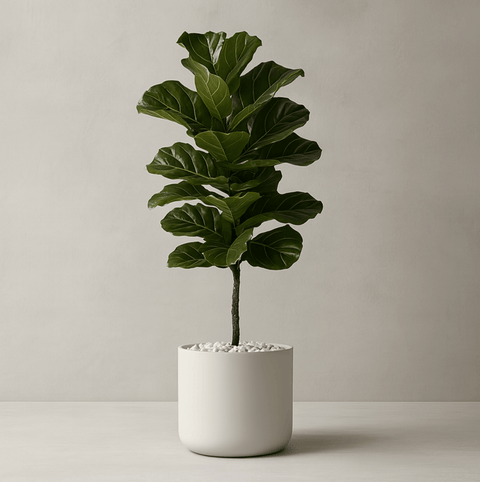
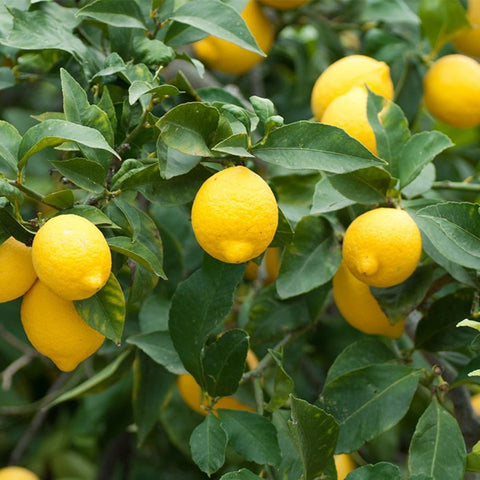
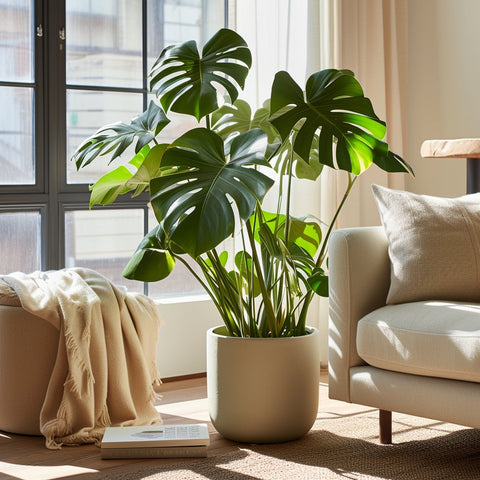
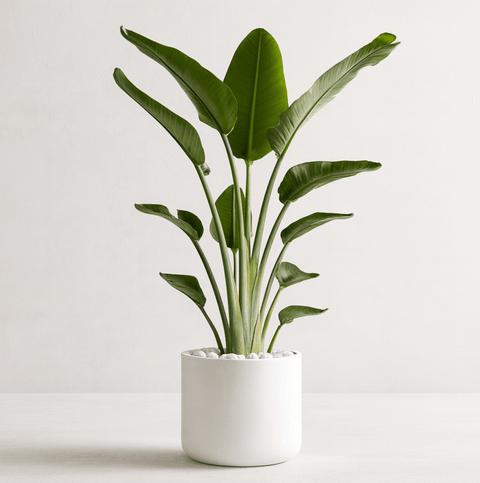



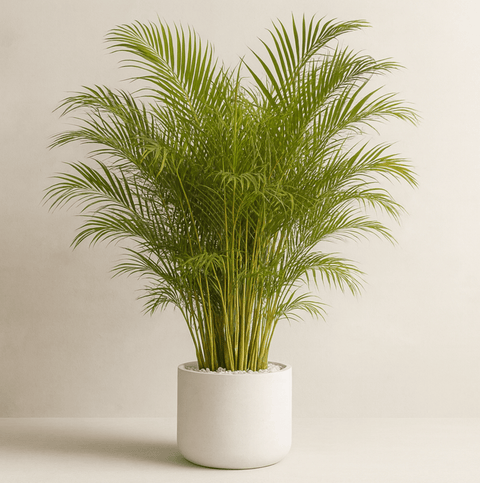


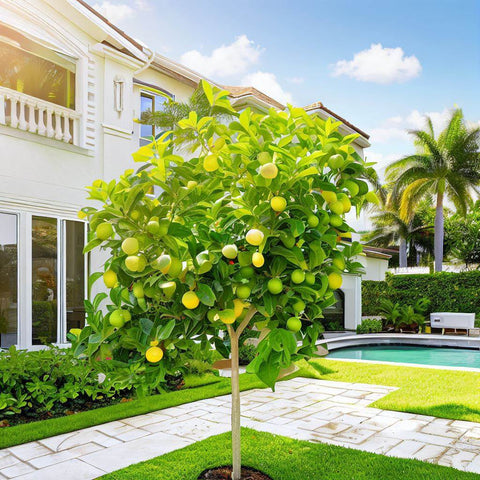



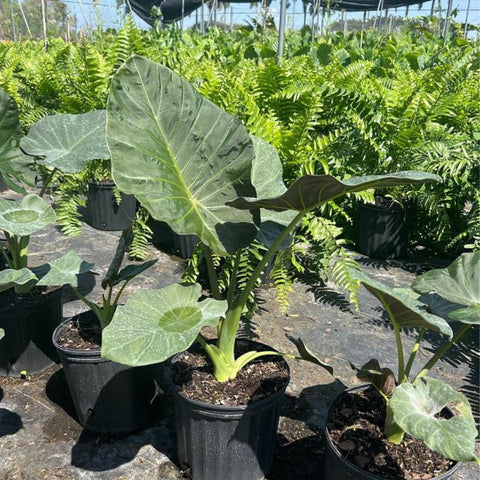
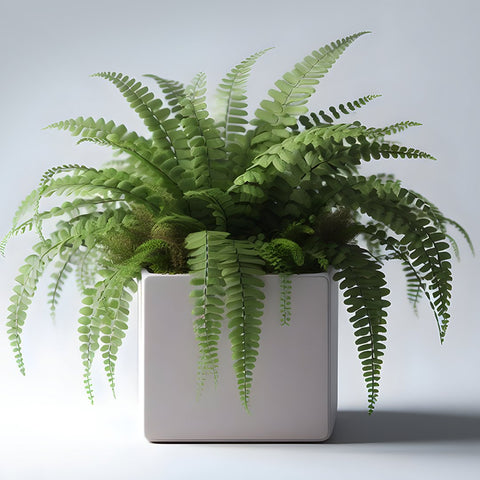
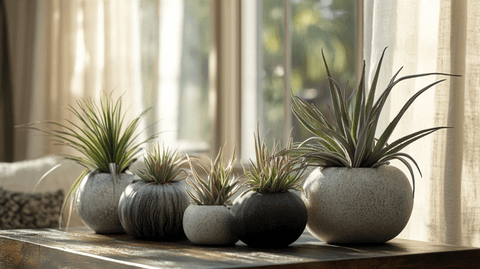



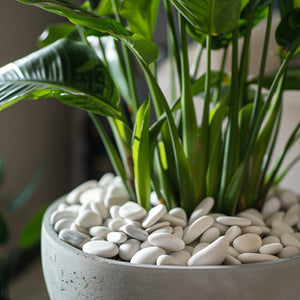

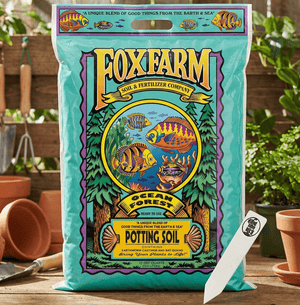




Comments (0)
There are no comments for this article. Be the first one to leave a message!